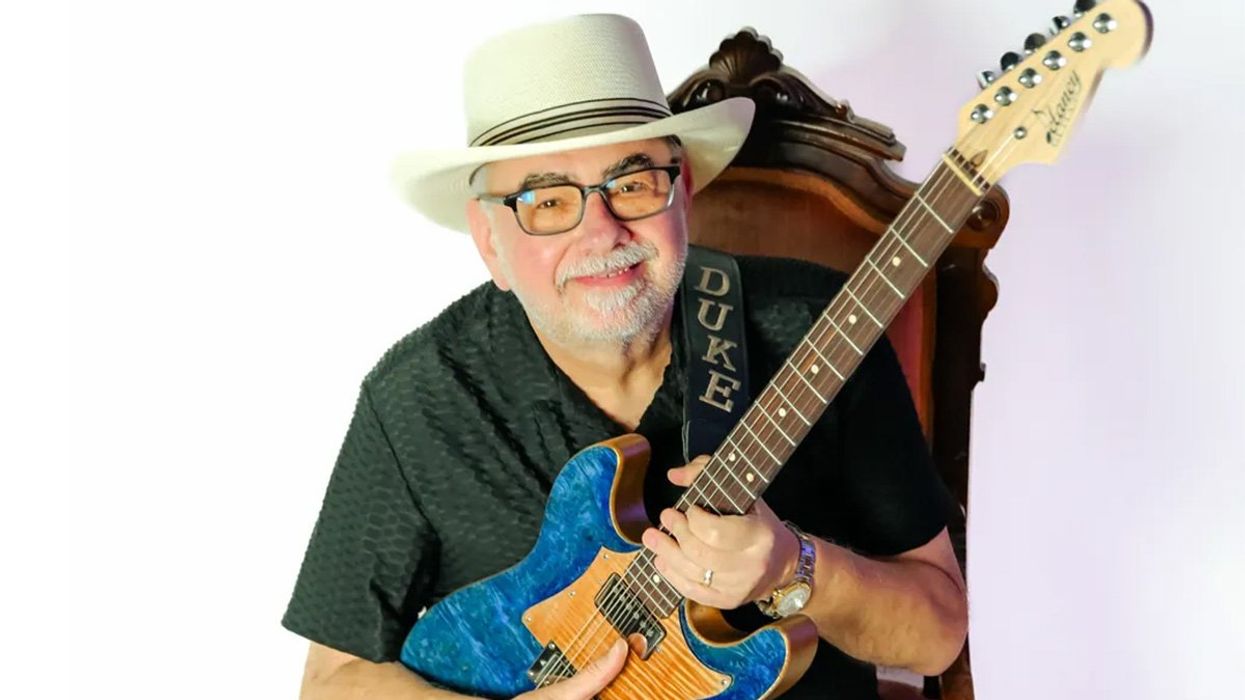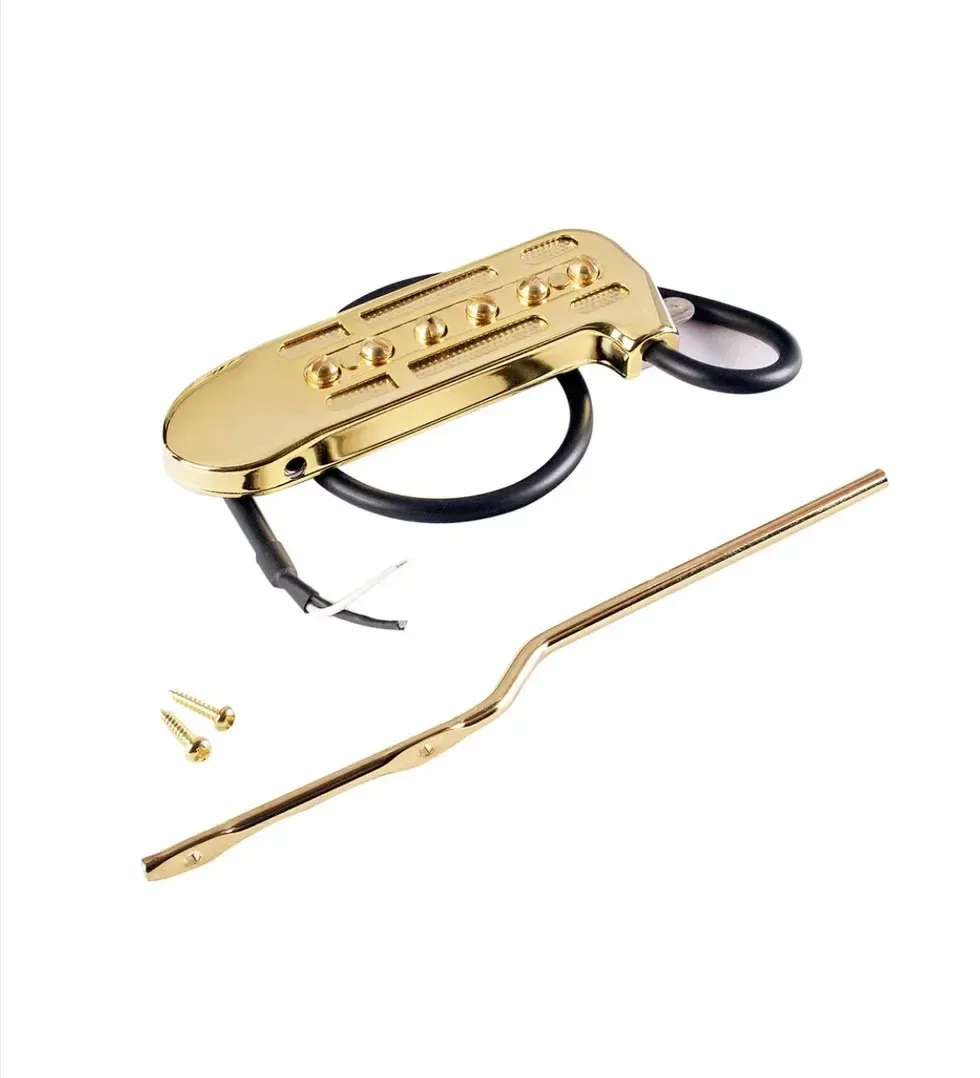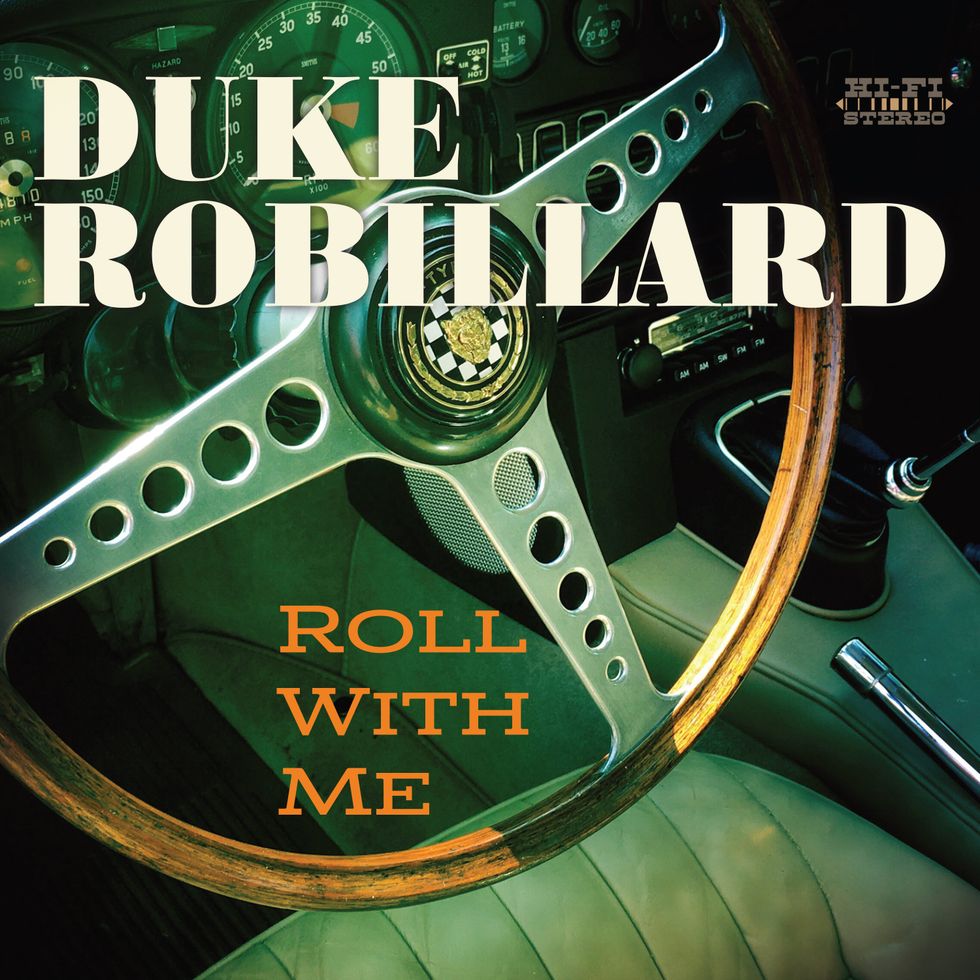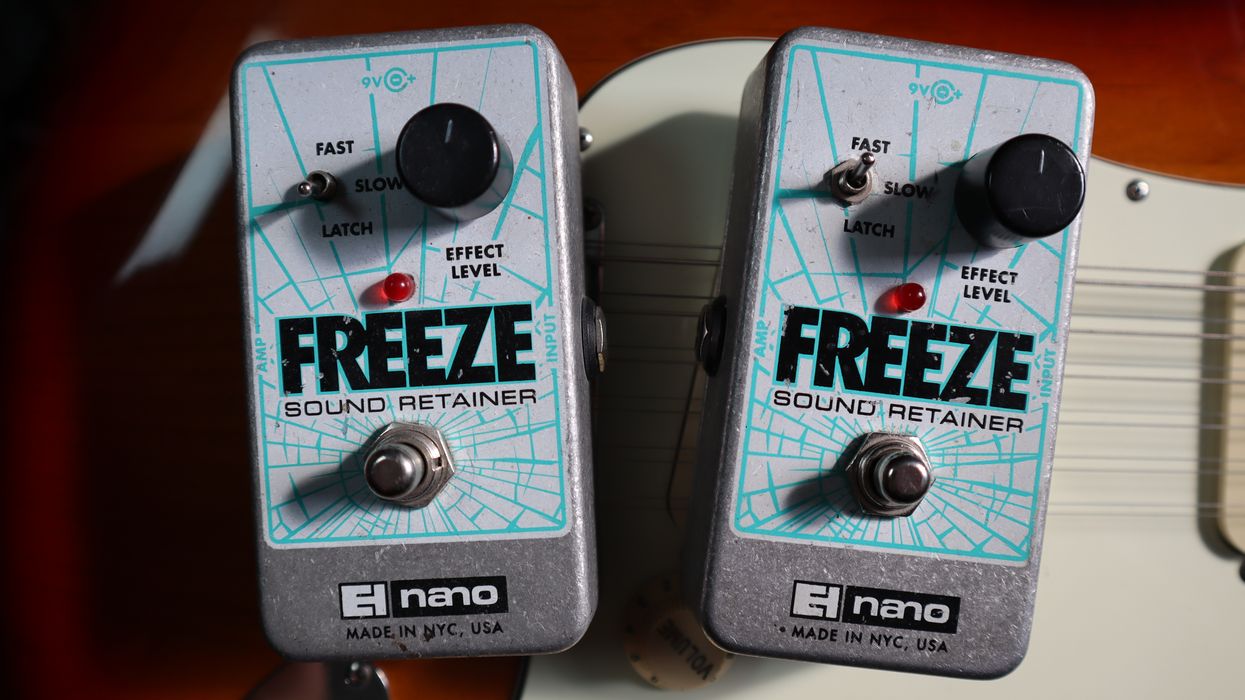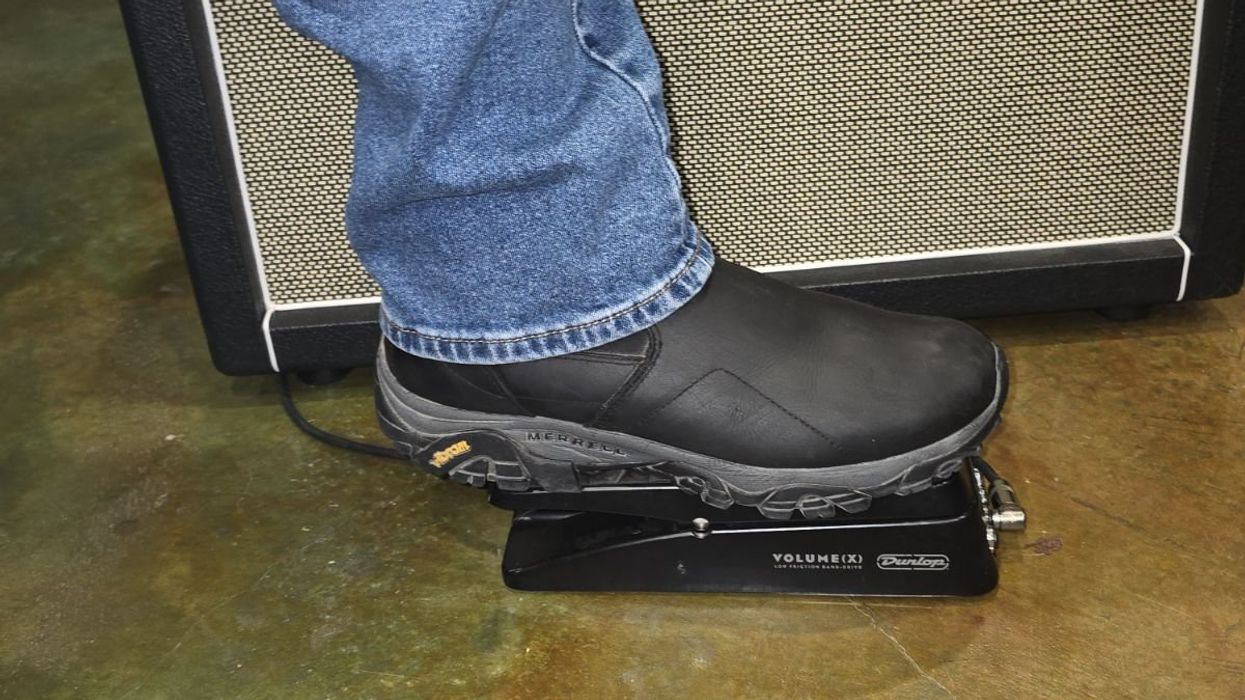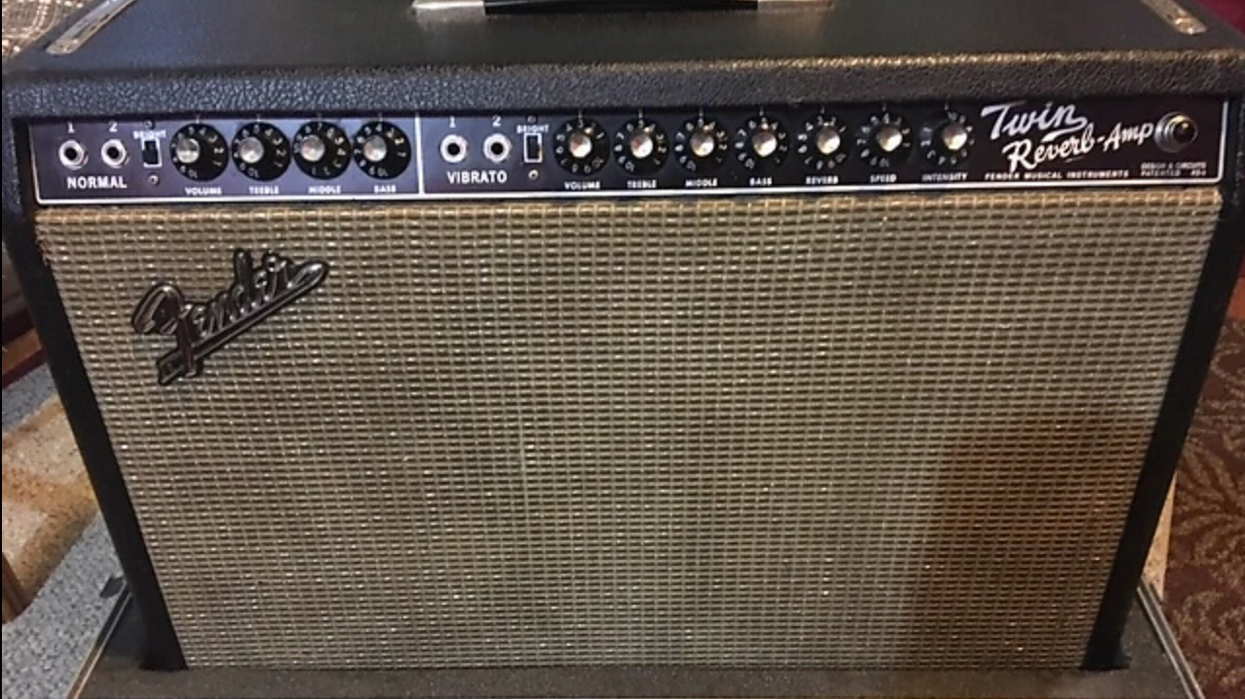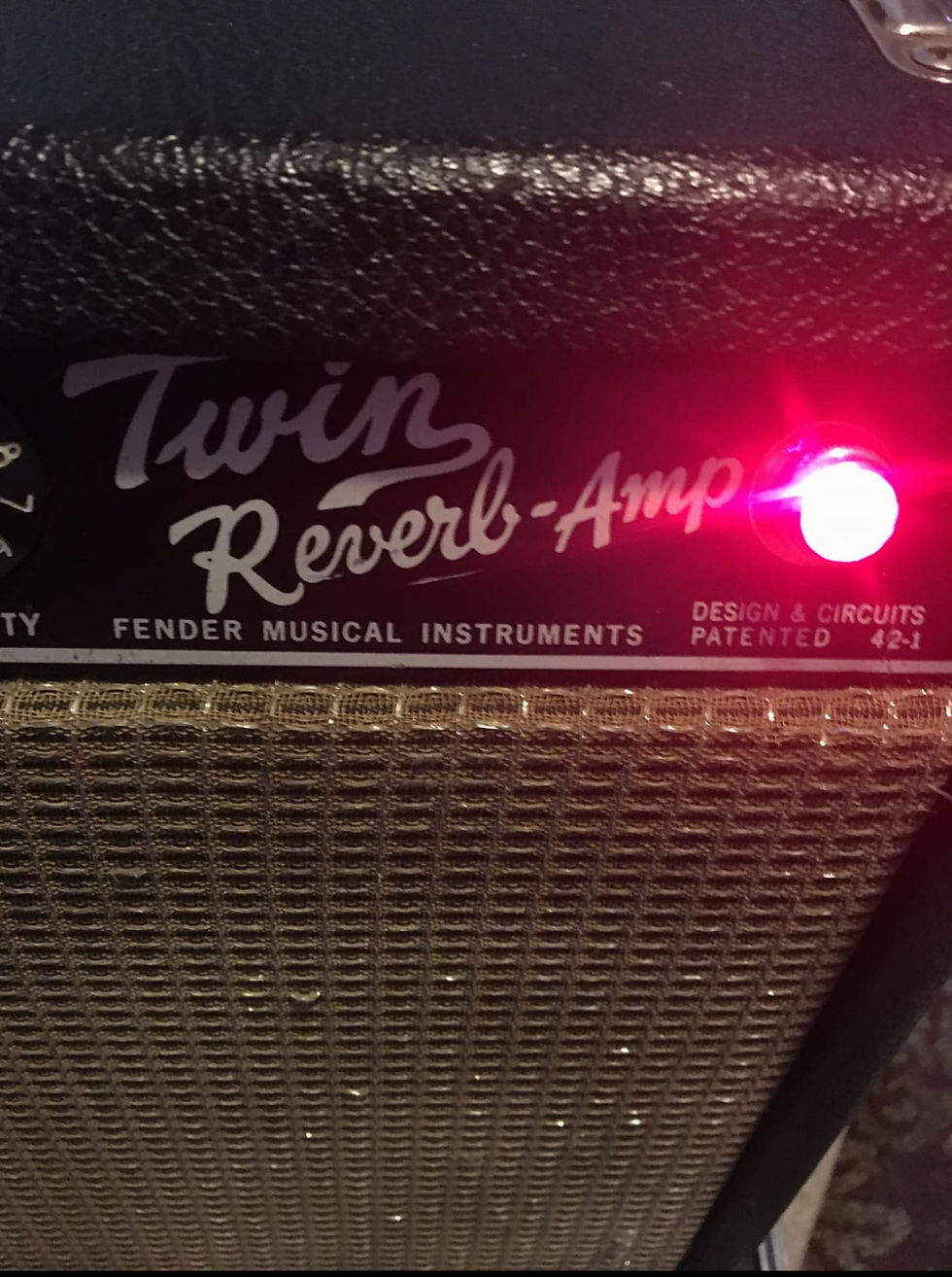Before getting to the Gamma G50 ($199 street) amp that has solved a lot of problems in my professional life, I should explain my musical day-to-day. One month, I clocked gigs in Jewish old people’s homes for Holocaust survivors, followed by an outdoor concert backing Bootsy Collins. Then, three bluegrass gigs and five gigs with a horn section soul band. Most of those were powered by a mid ’80s Polytone Mini-Brute with a Muzizy 5-band EQ and a cheap reverb pedal. The Mini-Brute is the Dodge Dart of guitar amps—compact and unkillable. I loved that amp as I would a favorite uncle. And like my favorite uncle, it died, to nobody’s surprise, shortly after my 53rd birthday.
I’ve tried different micro-amps. Since my electric life is low volume (mostly jazz or Latin music, with occasional klezmer thrown in), 50 watts is fine by me. If you live roadie-free as I always have (my painfully brief stint with NRBQ notwithstanding), the braggadocio about tone gives way to “fits in the car,” “isn’t hard to lift,” and—this is huge—“doesn’t break.”
There are two schools of thought about amps: The first is that the amp completes the sound of your guitar, which is a Marshall aesthetic. The second is that your amp should sound like whatever you plug into it, maybe with a little reverb for dimension, and that’s Fender thinking. I am definitely a Fender thinker.
My effects rack is minimal—reverb, tremolo, and analog delay (for rockabilly slapback). And the Muzizy EQ.
In my formative years, the amps around my neighborhood were battered Supros, Silvertones, and Univoxes. The guitars were mostly Penco, Morris, Hondo II, Harmony, Silvertone, and unbranded Strat copies. It was how you made do until you could afford something decent.
But inexpensive guitars improved. First lawsuit guitars, then Squier, whose Japan-built Telecasters surpassed their American-made counterparts. Now Harley-Benton et. al. have revolutionized the market.
As a man old enough to recall the Dodge Dart, I look back with longing to the barebones interface of a Supro solid-state combo amp. Who makes that nowadays?
Acoustic has been reborn as Acoustic Control Corporation. Their signature combo amp is the Gamma, available in either a 25- or 50-watt version. The 50 weighs 25 pounds, runs two channels, features a 4-position “voicing” selector that gives you your choice of metal, rock, blues, and clean. The 12" True Blue speaker sounds close to a Celestion, so that’s not bad. The tone knobs are clean and sensitive, with neither dead spots nor sudden gains. The inherent sonic personality of this amp resembles an Ampeg Reverb Rocket (the 1x12 version), and it weighs less. Kind of miraculous for something with no tubes. Warm, quiet, and non-sterile. The control set? Voicing, volume dials for each channel, 3-band EQ, and drive.
“If you live roadie-free as I always have (my painfully brief stint with NRBQ notwithstanding), the braggadocio about tone gives way to ‘fits in the car,’ ‘isn’t hard to lift,’ and—this is huge—‘doesn’t break.’”
Out on the gig? The first night, I used it with Los Chicos del Mambo, a loud 20-piece band. The job was at the Paramount, a giant wooden room in Los Angeles, whose skilled soundman miraculously kept screaming trumpets from deafening the entire 90033 zip code. The bassist played out of a Laney 200H. I played my Harley-Benton CG-200CE electric classical through the Gamma 50, sans effects. And it cut. Headroom to burn.
The next day, same amp but different venue, band, and guitar. Band—Voodoo 5, the eight-piece exotica group I lead with my wife, vocalist Lena Marie Cardinale. The other instruments are flute, vibraphone, pedal-steel guitar, upright bass, and two Latin percussionists. Venue—the Redwood Bar, whose stage is a squeeze for eight. Guitar—an Indio DLX Plus, which is a Jazzmaster copy but with (huzzah!) a maple fretboard, plugged into my anemic effects rack.
The room is smaller, but with a long trajectory from the bandstand to the back. For this performance, I didn’t modify my guitar tone other than to hit the pickup switch. The Muzizy was set to its usual place, reverb on for the whole show, and I only hit the tremolo box on two songs. Guitar and amp doing basic duty.
From Instagram videos, I heard what the audience heard through my $10 earbuds, giving me an un-glamourous idea of what went out into the room, and I am mightily impressed by how formidable the G50 is. Even in the battlefield recording conditions, the presence, reach, warmth, and clarity were unmistakable.
Maybe I was going in search of the simpler operating procedures of my early musical life, but I really wanted an amp that boasts fewer knobs and delivers the character of whatever I plug into it. That it comes in at a price we can all afford and a weight we can all lift is gratifying to this old—old—pro.
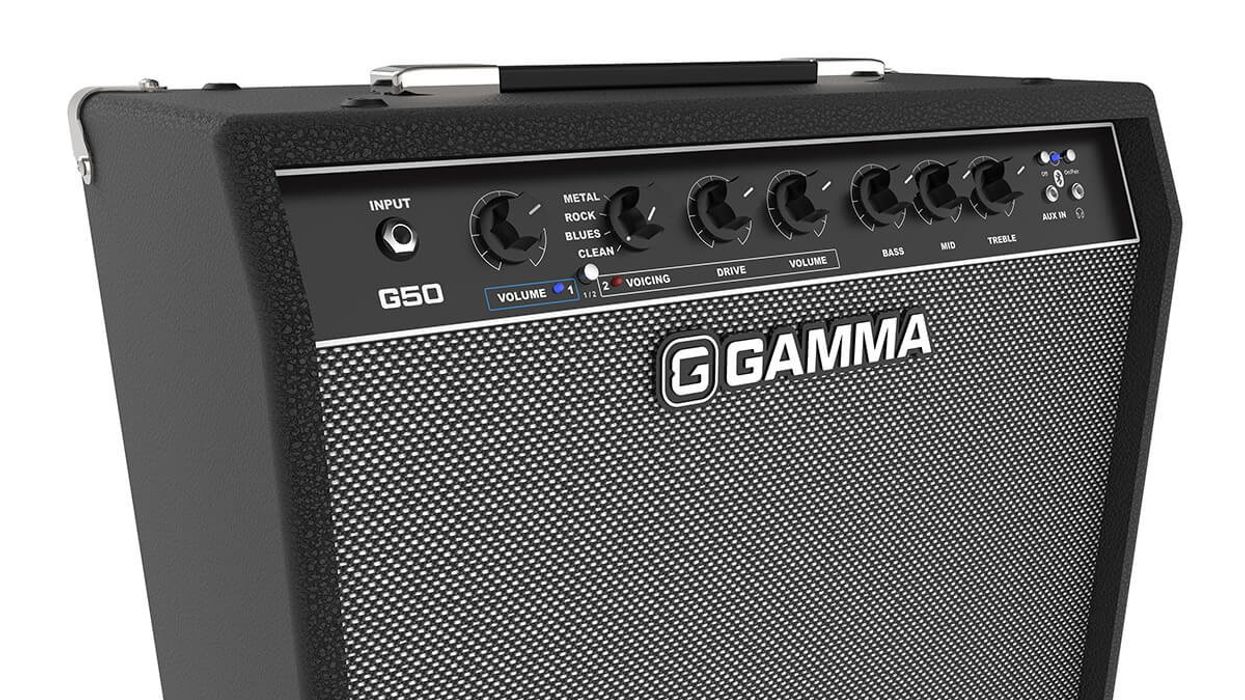

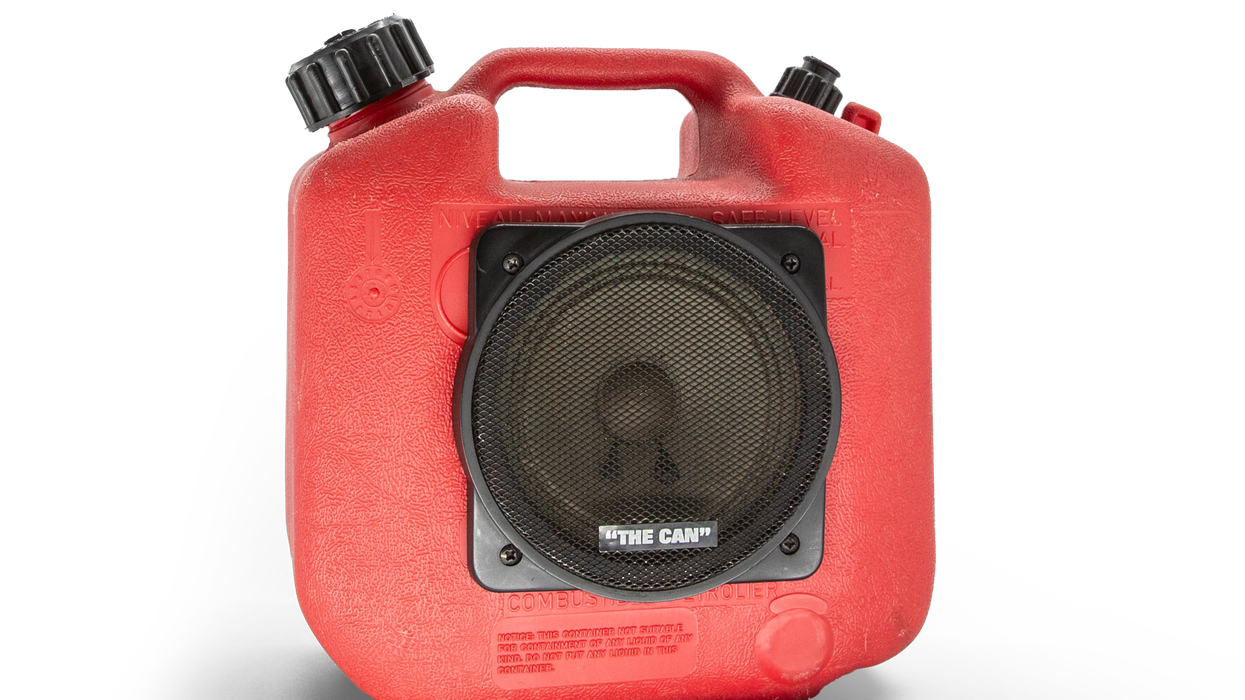
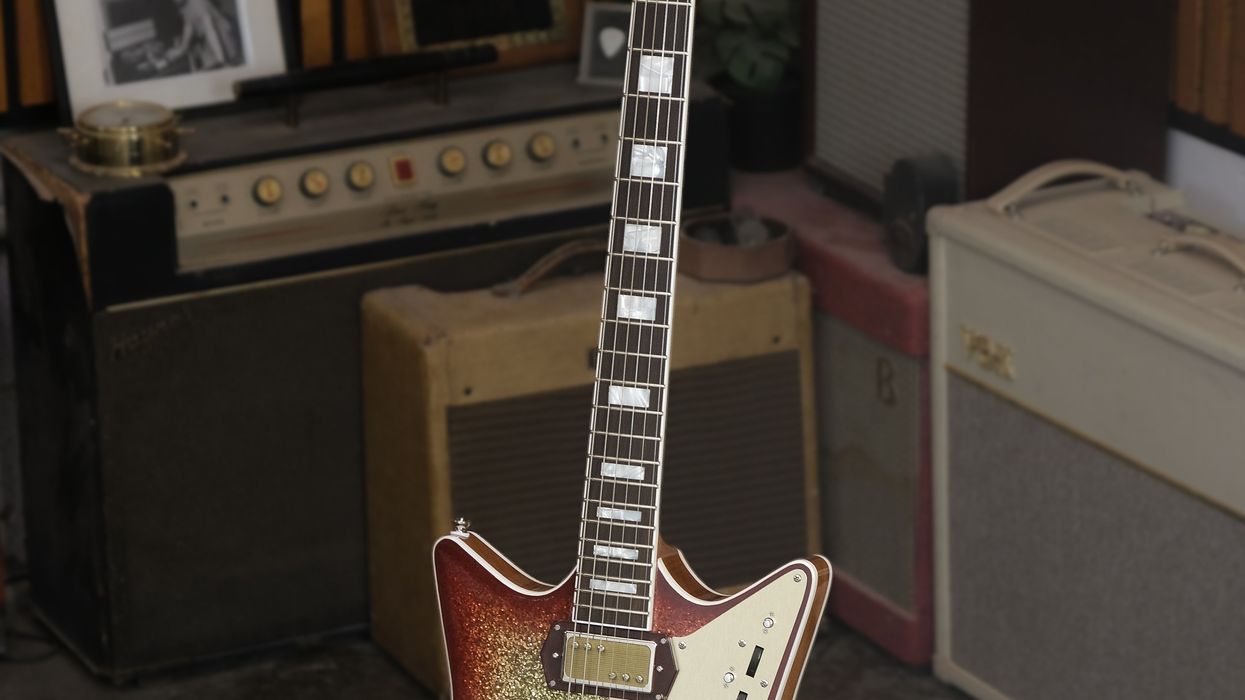
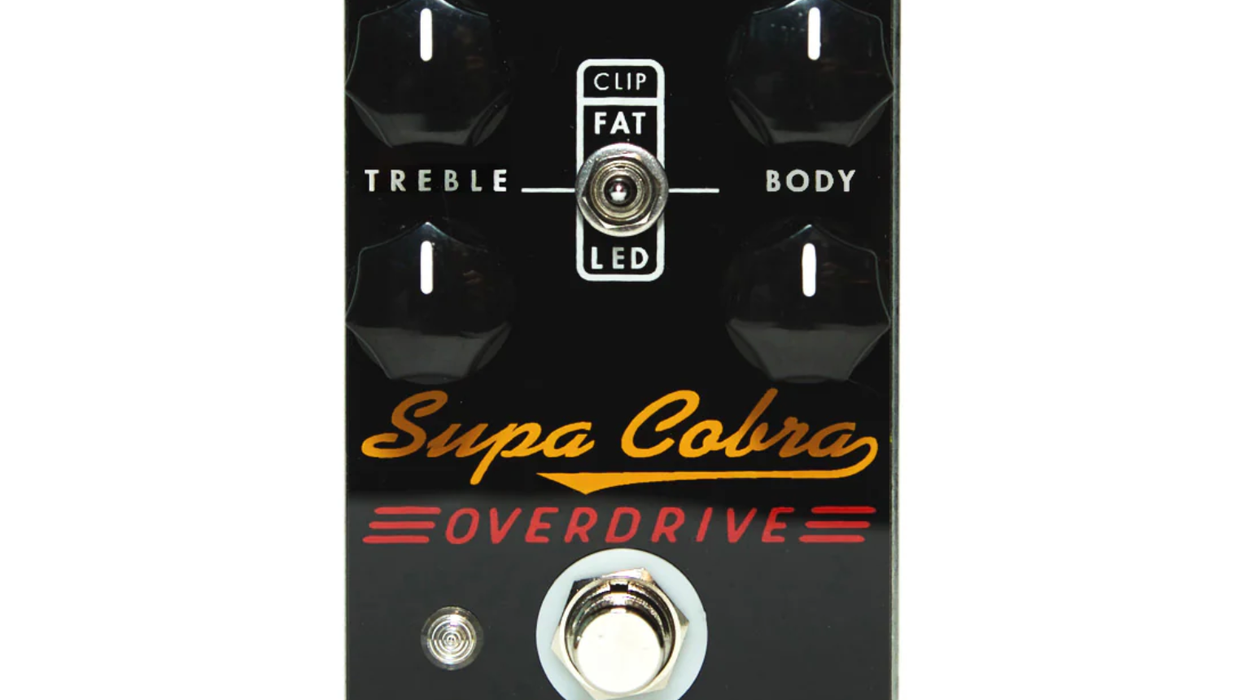
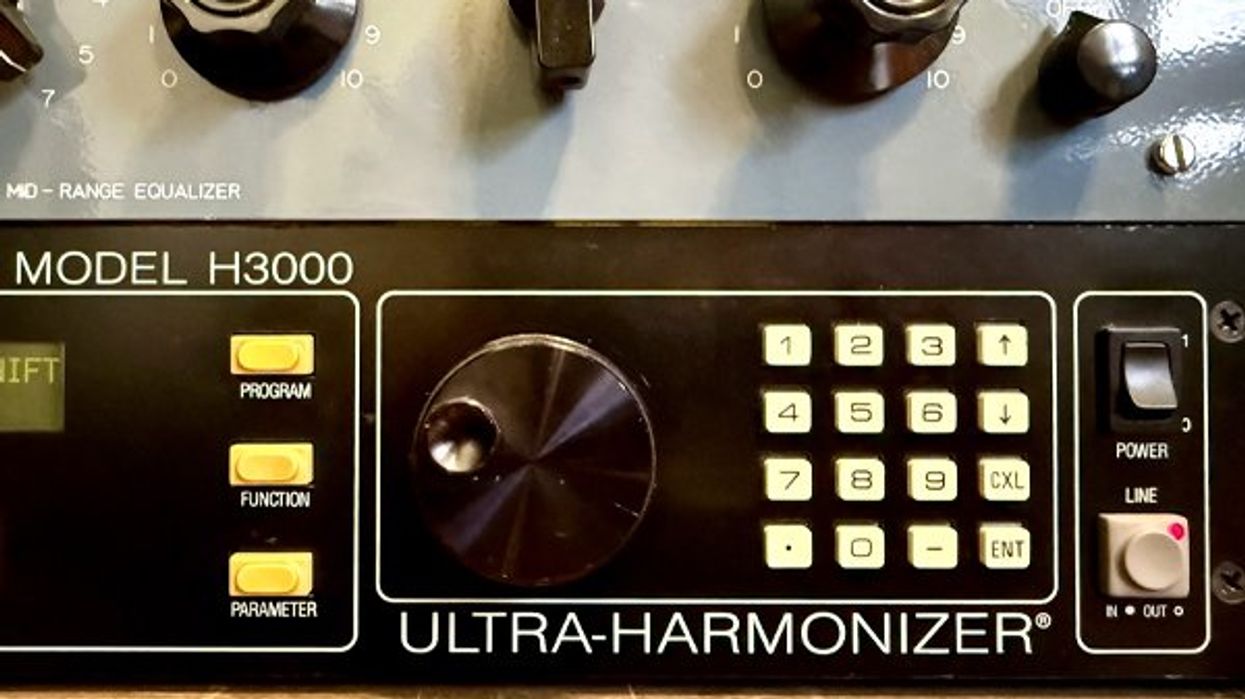
 Guitarists are used to coveting cranky, old gear, but if you’re not a rack user, the H3000 might not be for you! If you ever see one of these in a studio, be sure to take some time to check it out, and maybe give the plugin a try.
Guitarists are used to coveting cranky, old gear, but if you’re not a rack user, the H3000 might not be for you! If you ever see one of these in a studio, be sure to take some time to check it out, and maybe give the plugin a try.![Rig Rundown: AFI [2025]](https://www.premierguitar.com/media-library/youtube.jpg?id=62064741&width=1245&height=700&quality=70&coordinates=0%2C0%2C0%2C0)
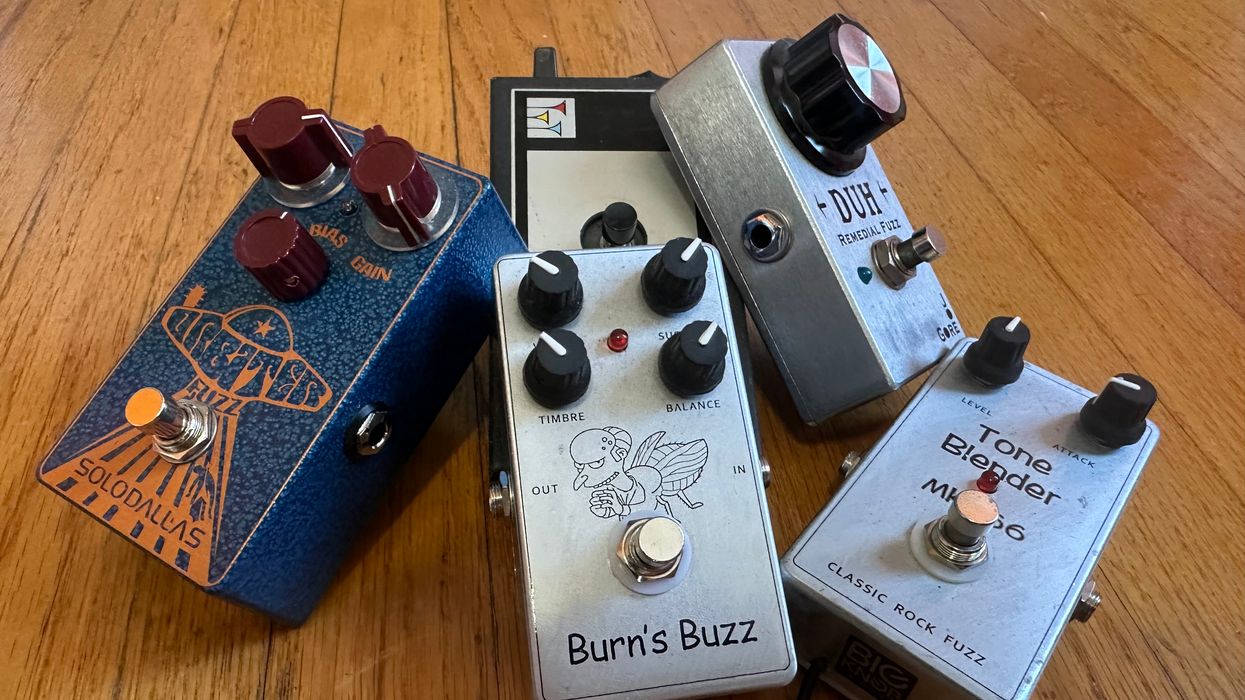
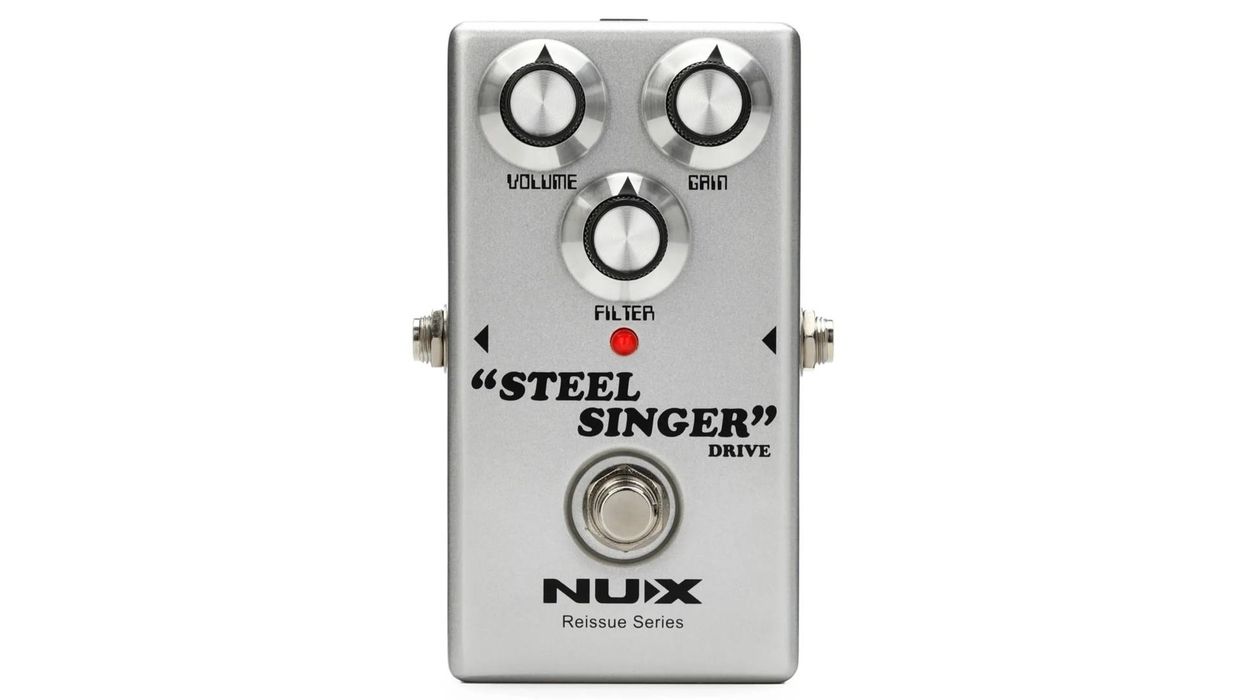
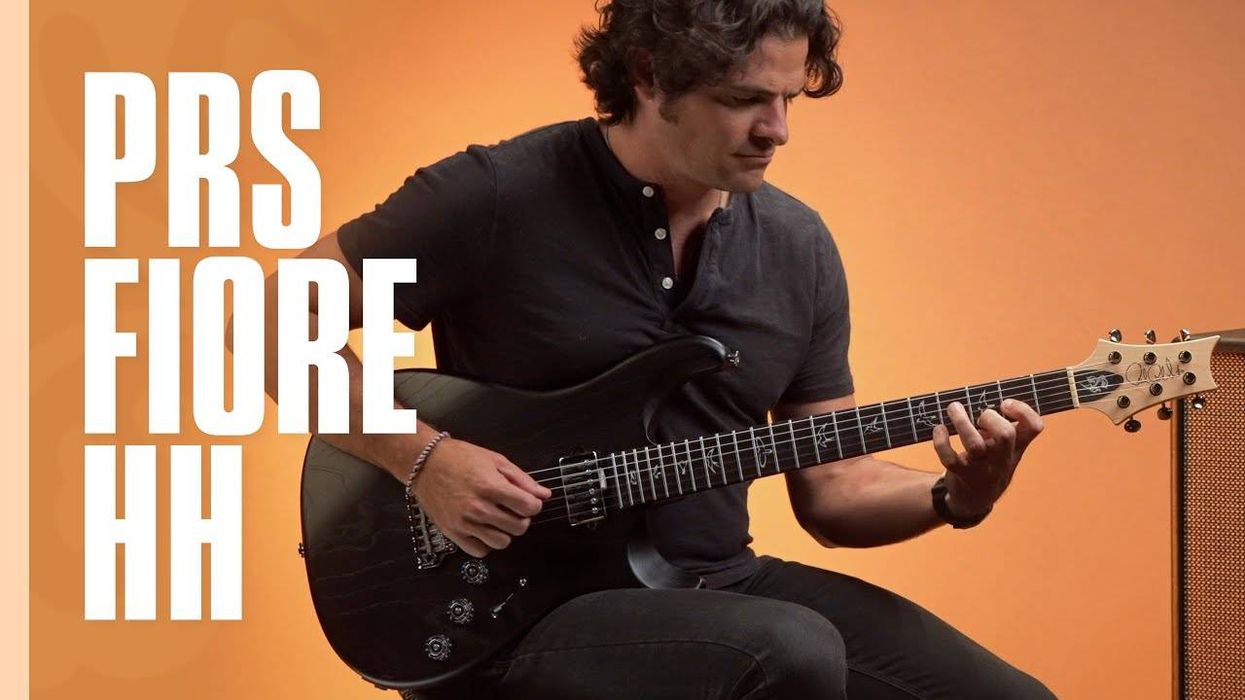
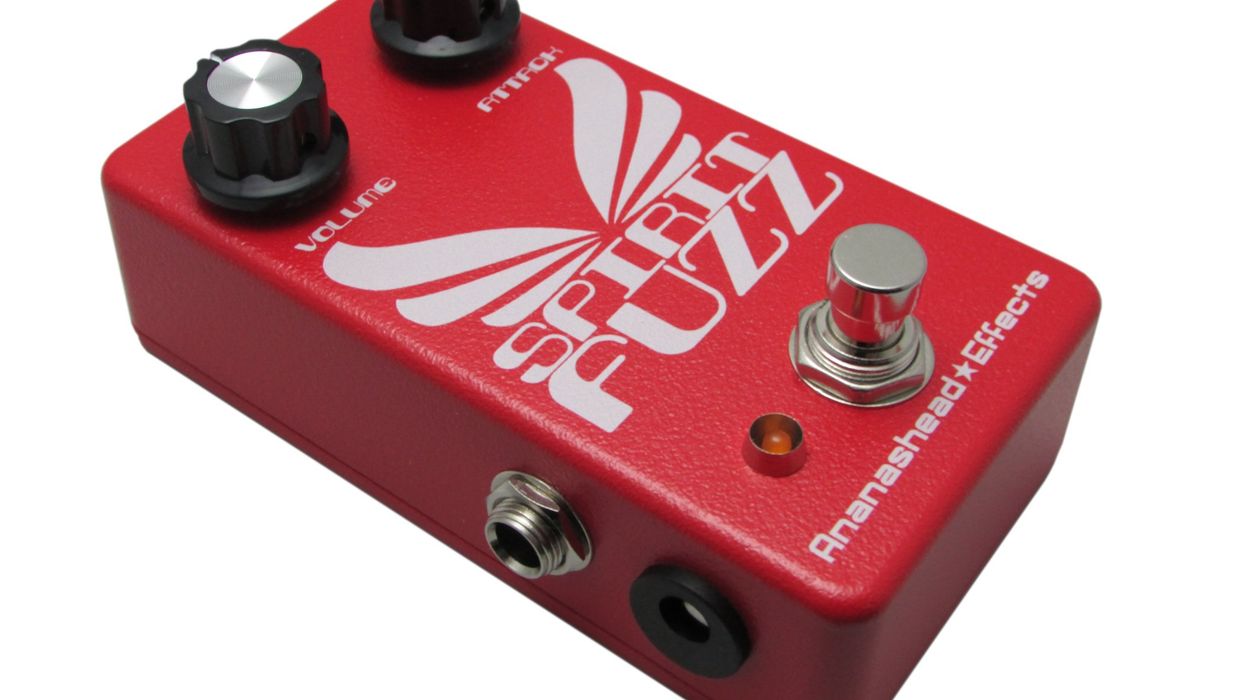
![Devon Eisenbarger [Katy Perry] Rig Rundown](https://www.premierguitar.com/media-library/youtube.jpg?id=61774583&width=1245&height=700&quality=70&coordinates=0%2C0%2C0%2C0)
